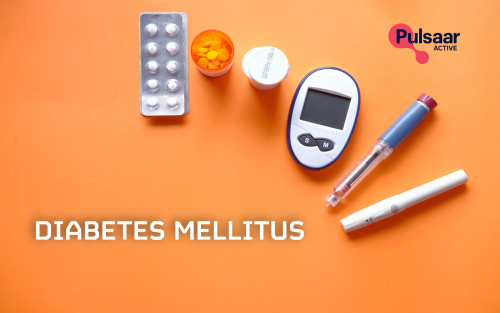Inflammation: a typical reaction of the body (immune system) to any tissue injury, when local changes that usually manifest as redness, hotness, swelling, pain, and functional disorders occur. Inflammation does not have one specific cause, and it can result from trauma, bacteria, toxins, heat, and auto-immune diseases.
Quite often, patients suffering from diabetes, rheumatoid arthritis, psoriasis, and other auto-immune diseases do not even realise that their disease is a type of inflammation.
So, what is inflammation?
It is a process during which your body tries to rid itself of something alien.
Everything starts with something foreign in your body that activates the immune reaction or your body’s response. Due to this reaction, the body releases active substances or inflammation mediators that act as intermediaries and help to direct and exude secretions, as well as activate cells so far inactive.
If a patient has an auto-immune disease, the body thinks that this foreignness is an organ, skin, or joint and tries to rid itself of it. This results in chronic aches, discomfort, and irreversible functional disorders. During such inflammations, immunosuppressants are mostly used to reduce the body’s immune activity resulting in a risk of developing other diseases.
Due to the immune reaction, there are ongoing processes that determine the course of inflammation; various substances are excreted such as mediators serotonin and histamine that expand capillaries and improve cellular permeability, bradykinin that maintains the muscular tone of the smooth muscles and causes pain, and prostaglandins that, depending on the binding site, can hinder agglutination of blood cells or, just the opposite, ensure their agglutination.
When the mediators have been secreted, a response reaction occurs: redness, hotness, swelling, and pain.
The swelling occurs when the liquid that contains many proteins and is a component of the blood escapes the vessels into the surrounding soft tissue. It is called an exudate and can be of several types: watery, purulent, or bloody.
There are also ongoing processes in the circulation system: leucocytes and lymphocytes move from the blood to the damaged cells, bind to these cells and bacteria, and “eat” them. This process is called phagocytosis. The digested bacteria, cells, and active and dead phagocytes form puss.
While bradykinin is involved in causing the pain, prostaglandins and histamine stimulate nerve endings that manifest as a feeling of pain. As is well known, not only the superficial layers of the skin develop inflammation, but also organs. However, the organs do not have nerve endings, thus, their symptoms of inflammation may differ from the listed symptoms.


